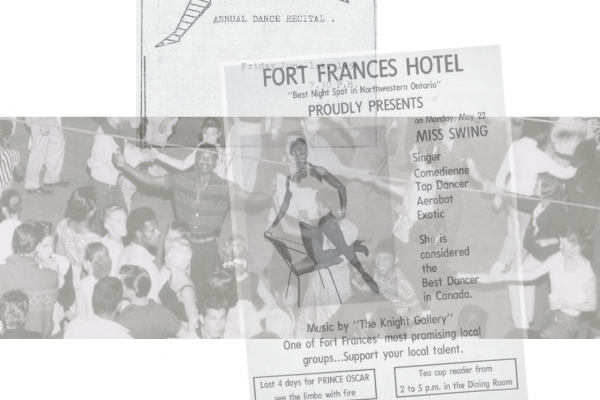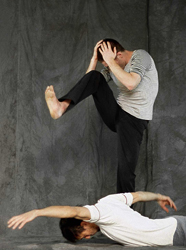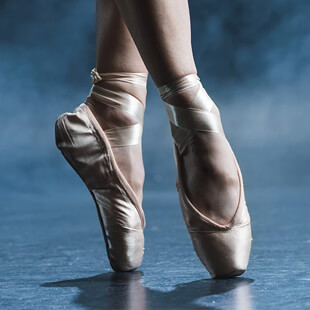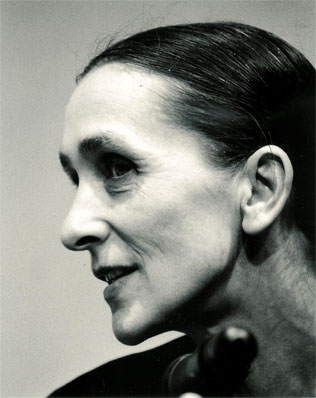Contributor
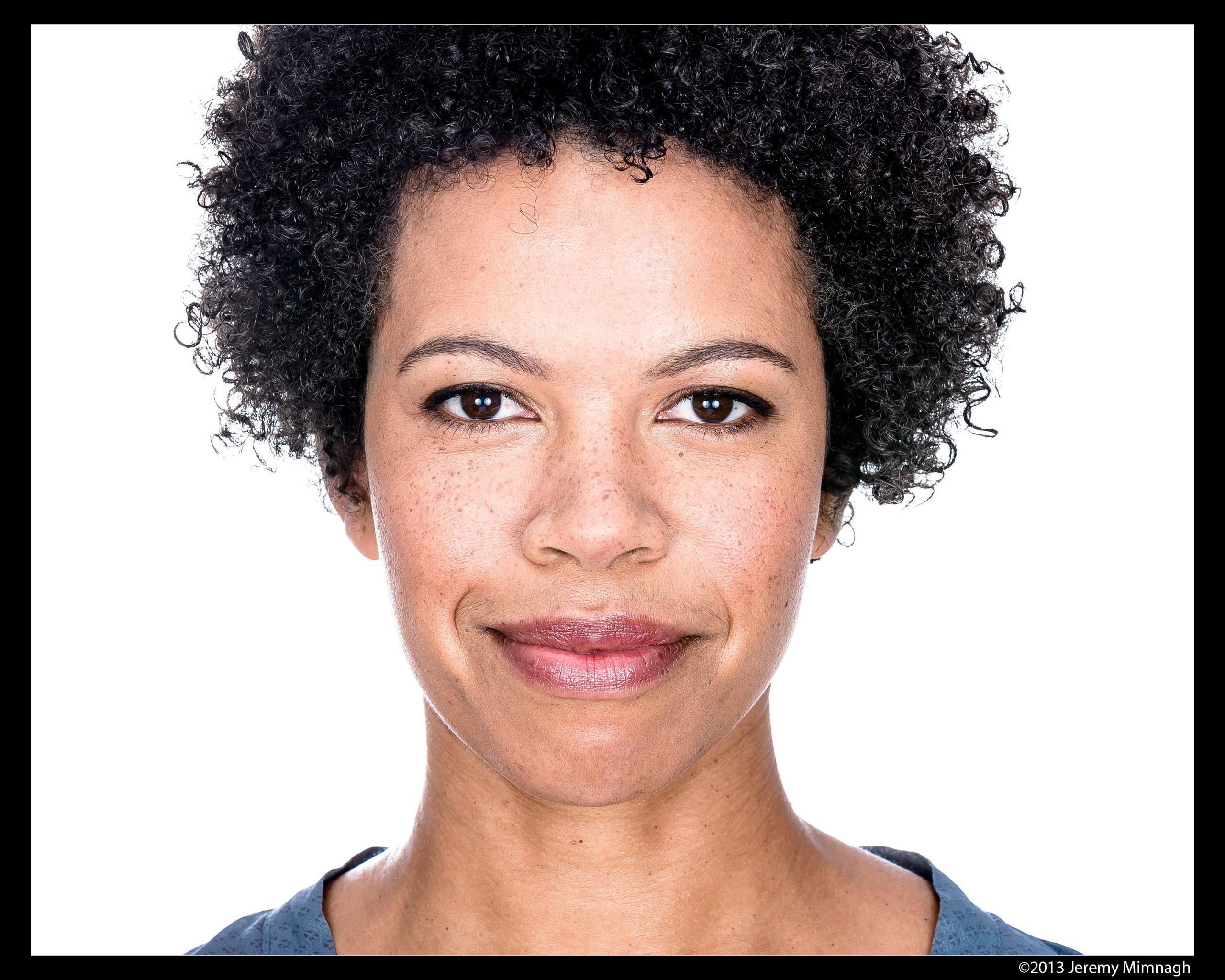
Seika Boye is a dance artist, writer and teacher. She has performed and presented work across Canada and was a department editor/writer for The Dance Current (2005-2007) and editorial/archives assistant for Dance Collection Danse Archives and Press/es (2004-2010). She has taught lecture and studio courses at York University and currently teaches Movement for the Actor at The Centre for Drama, Theatre and Performance Studies, U of T, where she is also a PhD candidate.
